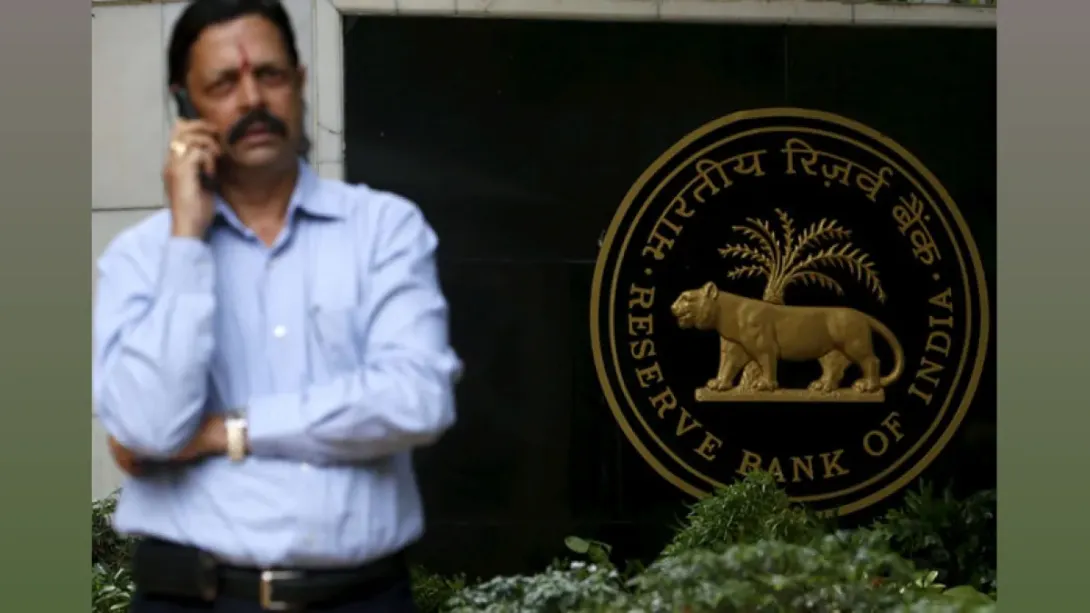India’s central bank has lowered policy rates several times in recent years to stimulate economic growth, but Fitch Ratings warns that the benefits are not fully permeating the financial system. The credit rating agency attributes this sluggish transmission to structural factors such as high deposit rates, state ownership dominance in banking, and persistent inflation. While the Reserve Bank of India (RBI) aims to boost lending and investment through accommodative monetary policy, the anticipated reduction in borrowing costs for businesses and consumers is taking longer than expected. This raises concerns over the effectiveness of monetary tools in driving robust, broad-based growth.
---
Rate Cuts Face Structural Speed Bumps
Fitch Ratings recently underscored a critical observation about India’s monetary landscape: despite the RBI’s proactive stance in cutting policy rates to stimulate economic activity, these reductions are not fully translating into lower borrowing costs across the economy. Since early 2019, the RBI has slashed the repo rate by a cumulative 250 basis points, bringing it down to 4%. Yet, the weighted average lending rates on fresh rupee loans by banks have declined by only about 170 basis points in the same period. This gap reveals an incomplete pass-through, signaling deeper challenges within the banking system.
---
Banking System Constraints Impede Transmission
One of the chief obstacles is the structure of India’s banking sector. Public sector banks, which control nearly 60% of total assets, often exhibit slower responsiveness to policy signals due to legacy asset quality issues, bureaucratic decision-making layers, and a relatively conservative approach to pricing. Moreover, high fixed deposit rates, essential for attracting household savings in a country still heavily reliant on traditional banking products, restrict the ability of banks to sharply cut lending rates. Fitch notes that until deposit costs adjust more meaningfully, the scope for banks to lower lending rates remains constrained.
---
Inflation Adds Another Layer of Complexity
Inflation has emerged as a complicating factor for monetary transmission. Despite the RBI’s sustained accommodative stance, retail inflation has frequently hovered above its medium-term target of 4%, eroding real returns on savings. This compels banks to keep deposit rates attractive, which in turn blunts the impact of policy easing on lending rates. Furthermore, higher inflation expectations among borrowers and businesses can dampen the willingness to invest, partially offsetting the intended stimulus from lower policy rates.
---
Potential Reforms to Strengthen Monetary Efficacy
To achieve a more effective pass-through of rate cuts, Fitch suggests that structural reforms in India’s banking and financial system are essential. Encouraging greater private sector participation, enhancing operational autonomy of public banks, and developing deeper corporate bond markets could diversify funding avenues and reduce the pressure on banks. Additionally, improving the efficiency of transmission mechanisms through transparent pricing and robust financial benchmarks could accelerate the alignment of market rates with the RBI’s policy signals.
---
Outlook: Policy Still Supportive, But Results Mixed
In the near term, Fitch expects the RBI to maintain its supportive monetary posture, given the need to sustain economic momentum amid global uncertainties. However, without addressing the structural impediments within the banking sector, the full benefits of rate cuts may continue to be diluted. As India strives for higher growth, ensuring that monetary policy actions quickly and effectively translate into lower borrowing costs will be crucial for driving investment, expanding productive capacity, and ultimately achieving more inclusive economic development.

Comments